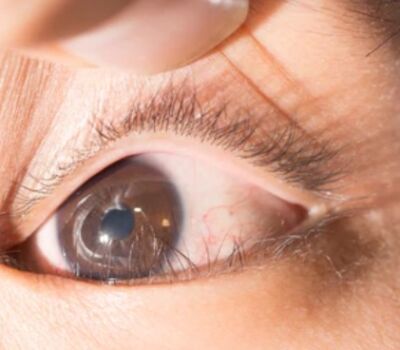EPIBLEPHARON
What is epiblepharon?
Some children may be born with a structural abnormality of the eyelid called congenital epiblepharon. It occurs most commonly in the lower eyelids but it can also affect the upper eyelids.
This condition is characterised by an extra fold of skin and orbicularis muscle in the lower eyelid which ride above the eyelid margin. It causes the lower eyelid lashes to be rotated upwards and towards the cornea (instead of pointing forward), resulting in the lashes touching the eye (cornea) and causing eye irritation.
There are 2 types of epiblepharon: congenital and acquired, the former being the more common scenario while the latter are usually seen in association with inflammatory conditions such as thyroid eye disease.
What are the symptoms?
The symptoms can be in the form of:
- foreign body sensation
- tearing/eye discharge
- frequent eye rubbing
- red eyes
Severe cases could lead to a cornea infection or scarring.

What is the treatment?
Most cases are mild and may spontaneously resolve by the age of 7 years as the child’s facial structure enlarges with time.
However, some children may not be able to tolerate the eye discomfort from the rubbing of the lashes on their cornea, and may have significant astigmatism caused by corneal erosions due to rubbing by the eyelashes before they are able to outgrow this condition. They may require earlier surgical correction of the epiblepharon.
There is a small proportion of those who do not outgrow this condition even as they enter adulthood. If they experience eye discomfort from the epiblepharon, they would benefit from surgical correction.
